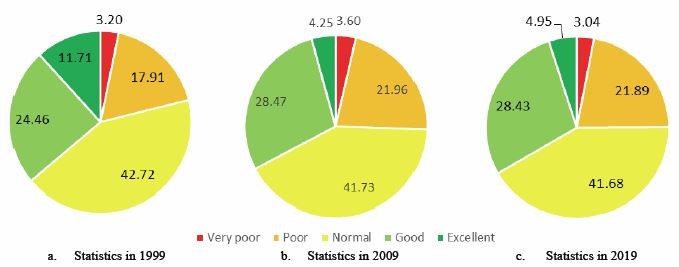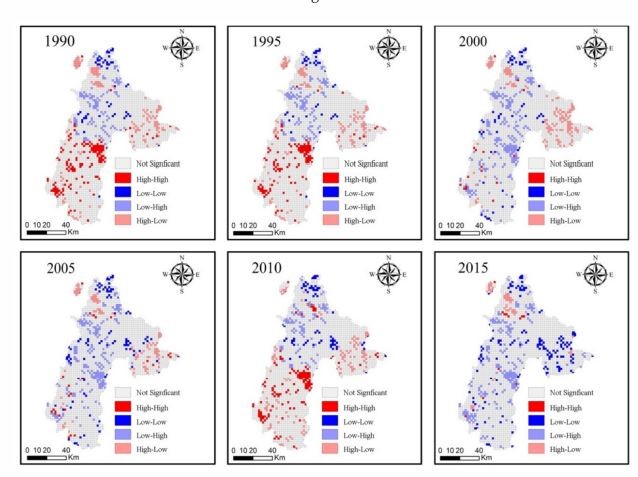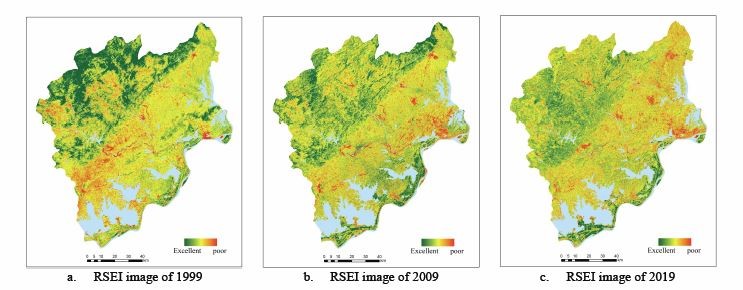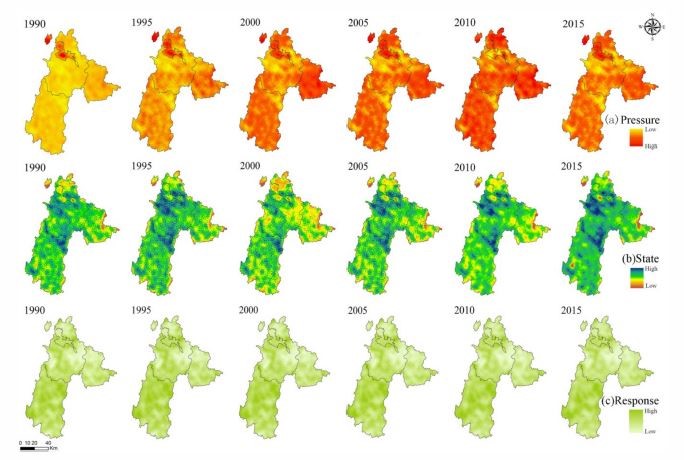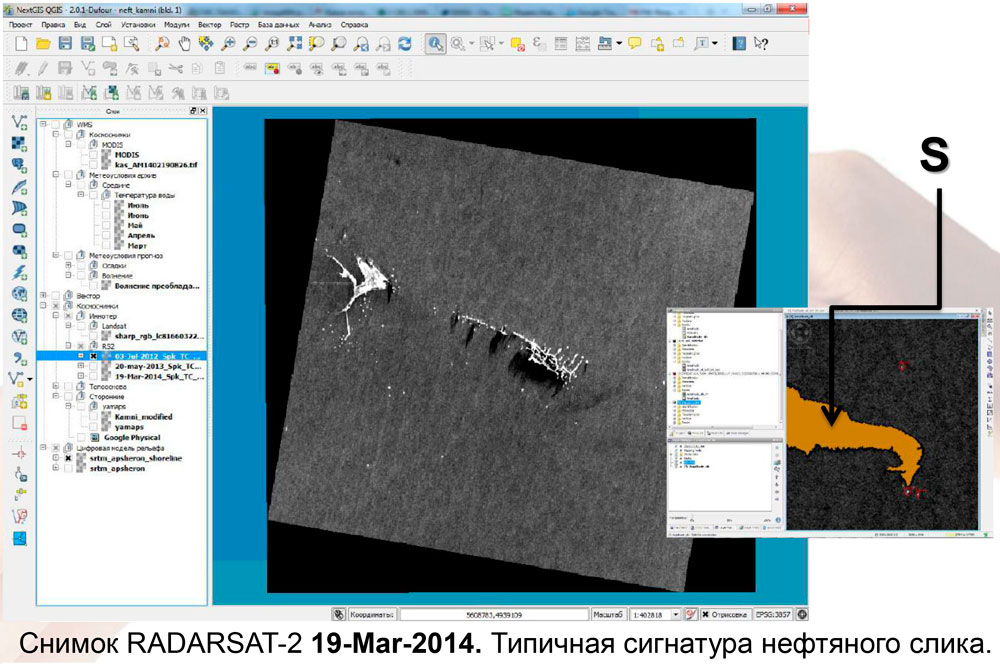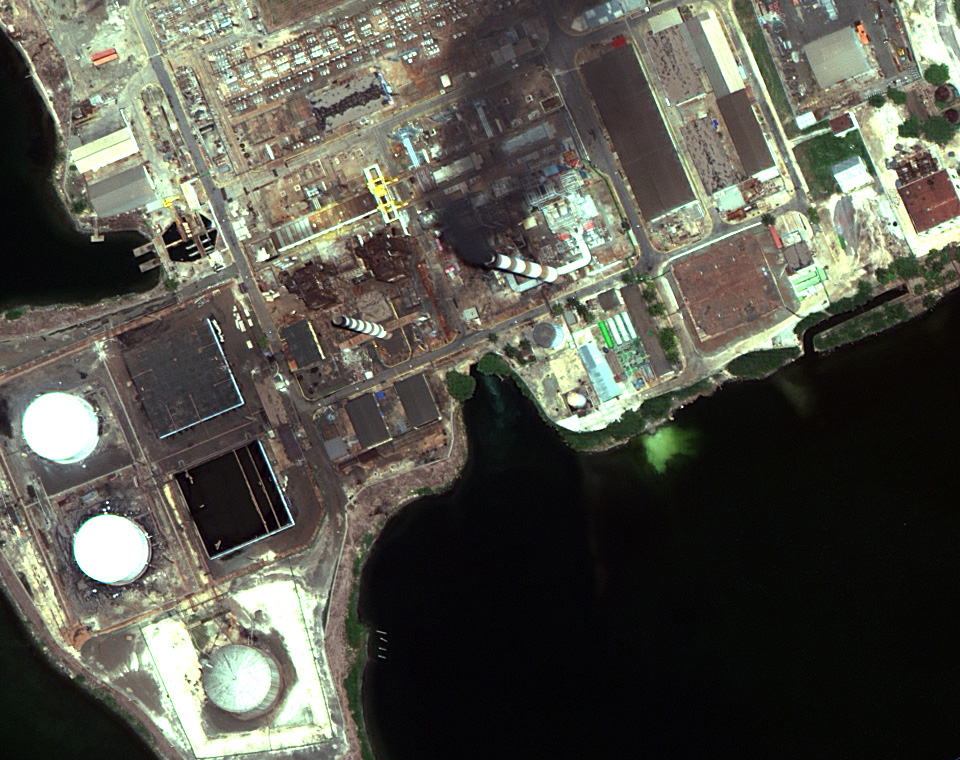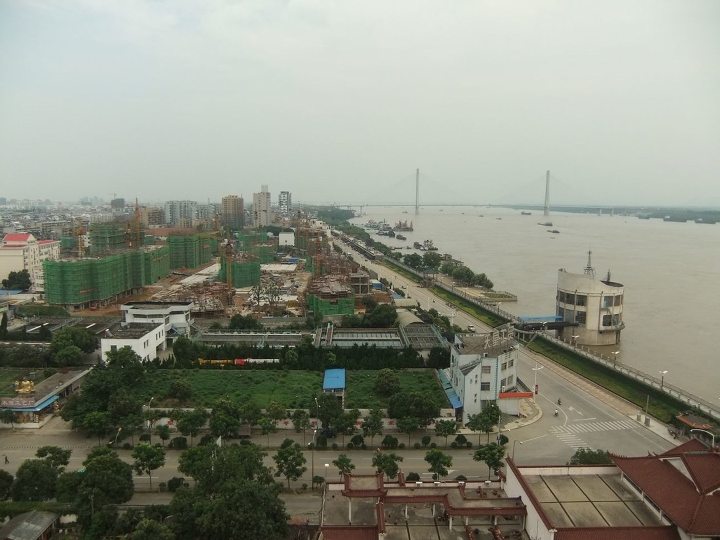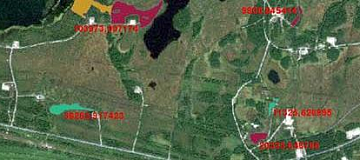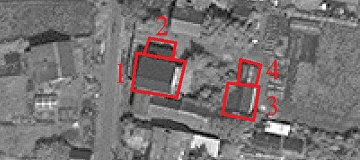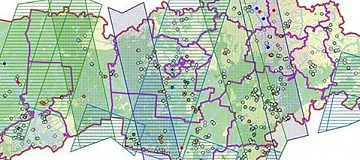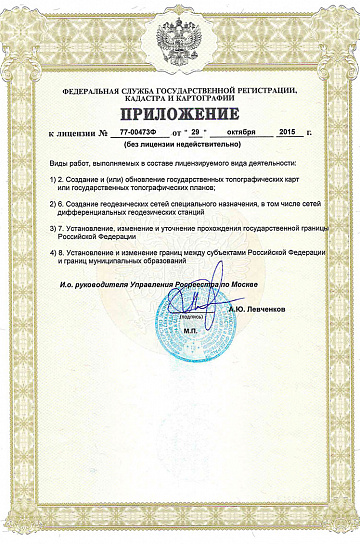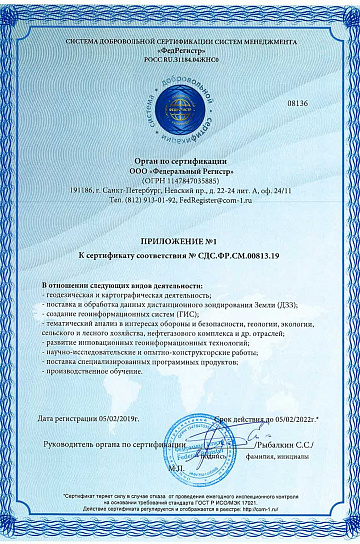Ecology is the study of relationships between living organisms, including humans, and their physical environment. It aims to understand the connections between plants, animals, and the surrounding world. Ecology also provides information about the benefits of ecosystems and how to use Earth's resources to keep the environment healthy for future generations.
Today, the global economy requires compliance with strict environmental standards. By the beginning of the third decade of the 21st century, the trend toward environmental sustainability has become stable and virtually irreversible. Responsible environmental practices, reducing harmful emissions into the atmosphere, and implementing resource-saving technologies are among its most prominent manifestations.
Many fields of ecology, such as marine ecology, vegetation studies, and statistical ecology, provide information to help understand the natural world. This information can also improve environmental conditions, enhance the efficiency of natural resource use, and protect human health.
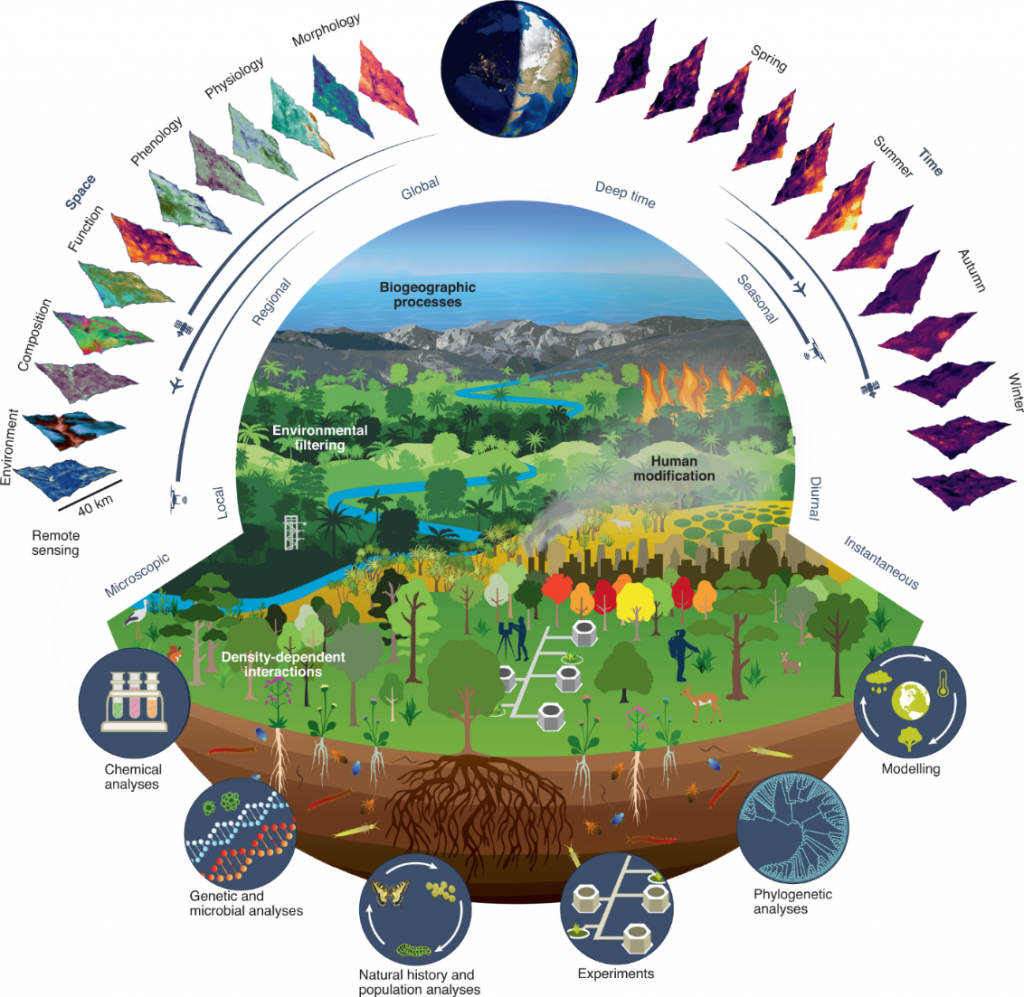
Ecology consists of 30+ disciplines.
Industrial ecology is the study of systemic relationships between society, the economy, and the natural environment. It focuses on using technology to reduce environmental impact and align human development with environmental protection while recognizing the importance of socio-economic factors in achieving these goals.
Industrial ecology research often quantifies the usage and circulation of materials and energy within society and their exchange (extraction and emissions) with nature. This analysis focuses on different levels and scales, from eco-industrial parks and cities to national economies and global trends.
Ecosystem services are the functions of natural systems that provide benefits to humans for free. Effective environmental land management improves ecosystem services such as pollination, flood control, carbon storage, biodiversity preservation, and recreation.
Assessing the state of the environment leads to actions aimed at protecting and conserving nature.
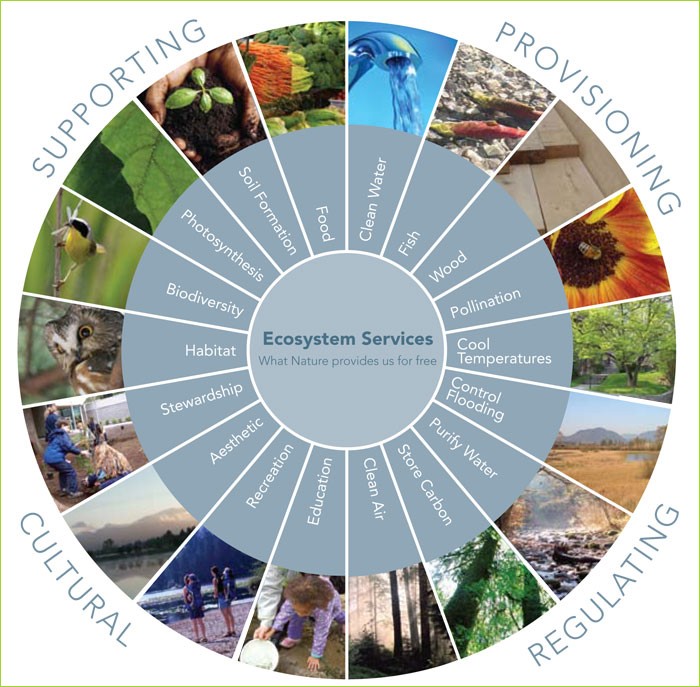
To control human impact on the biosphere, environmental monitoring has been used since the late 20th century. It involves comprehensive observations of environmental conditions, including natural ecosystem components, ongoing processes, and changes, with assessment and forecasting of their state.
Monitoring is classified based on several criteria:
- By location relative to the environment
- By purpose of use
- By type of negative factor
- By the geographic positioning of the entire analysis system
Monitoring is conducted using ground-based and aerospace methods.
Satellite environmental monitoring is the most accurate, cost-effective, and informative method. It involves thematic analysis of images obtained from instrument complexes operating in various frequency ranges installed on space satellites. Data from modern satellite constellations equipped with a broad spectral range and radiometers provide comprehensive geophysical information for environmental assessment and disaster prevention.
Over the past 20 years, a revolution in ecological research and monitoring has enabled widespread use of remote sensing methods in studying environmental processes. Satellite data, UAVs, and ground sensors used by ecologists for analysis have become more accessible and numerous than ever before. The general direction of these advancements is illustrated in the figure below.
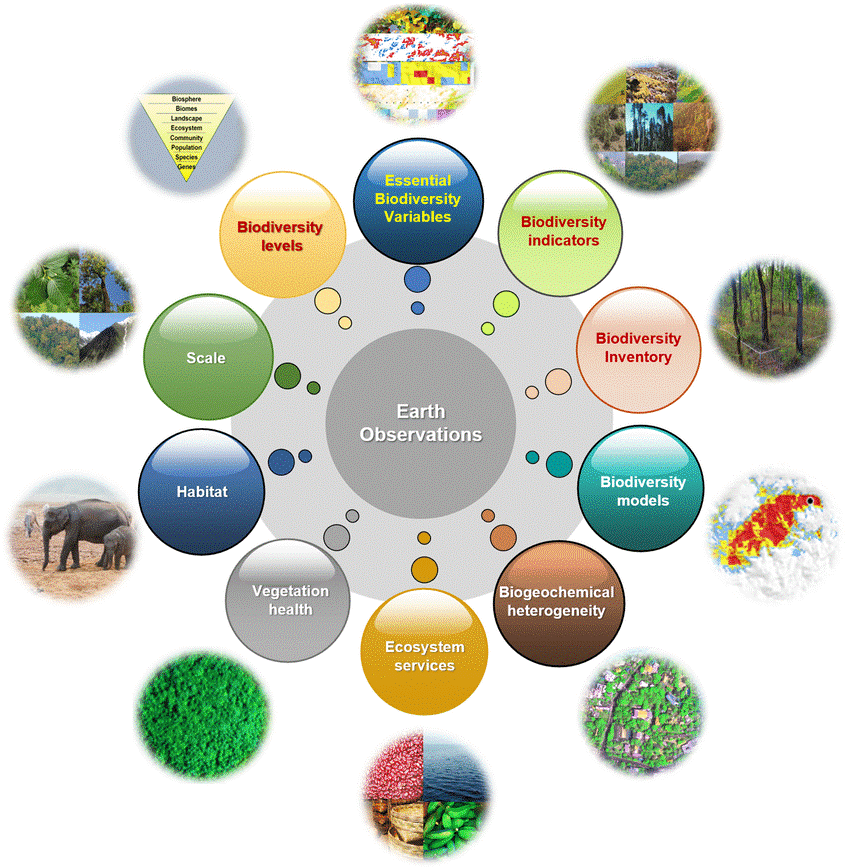
Need for consultation?
Fill the form and we will contact you
Completed projects
Customers
FAQ
Remote sensing offers a wide range of applications in ecology. Here are a few examples:
- Monitoring changes in vegetation and forest cover: Remote sensing data allows tracking changes in vegetation and forest distribution over time. This can be useful for assessing overall ecosystem health, detecting deforestation, identifying areas of vegetation regeneration, and evaluating the impact of climate change on plant cover.
- Assessing water quality: Remote sensing enables the monitoring of water parameters such as temperature, transparency, phytoplankton concentration, and pollutants. This helps ecologists evaluate water ecosystem quality, identify pollution areas, and take measures to protect water resources.
- Studying climate change and its impact on ecosystems: Remote sensing allows the analysis of climate variables such as air temperature, precipitation, and humidity across the planet. This helps researchers understand the effects of climate change on ecosystems and predict possible consequences.
- Monitoring and protecting species: Remote sensing data can be used to monitor populations of various species and their habitats. This enables researchers to determine trends in species distribution and population dynamics, identify vulnerable areas, and develop conservation strategies.
- Predicting and monitoring natural disasters: Remote sensing helps in predicting and monitoring natural disasters such as wildfires, floods, droughts, and landslides. This allows for timely measures to protect people and ecosystems and assess the environmental impact of such disasters.
These are just a few examples of remote sensing applications in ecology. With the continuous development of remote sensing technologies and the increasing availability of large datasets, ecologists can apply them in many other fields:
- Assessing the impact of human activities: Remote sensing can be used to study the effects of various human activities on the environment. For example, it can analyze land-use changes, detect unauthorized construction, monitor air and water pollution, and track infrastructure and industrial facility modifications.
- Studying and monitoring marine and coastal ecosystems: Remote sensing allows for the study and monitoring of marine and coastal ecosystems, such as coral reefs, mangrove forests, and seawater conditions. This helps identify biodiversity zones, track changes in marine ecosystems, and assess the impact of global climate change on oceanic resources.
- Forecasting and managing resources: Remote sensing can be used for forecasting and managing various natural resources. For example, it can analyze forest area and quality data to support sustainable forestry planning or assess vegetation data to identify the most suitable locations for agricultural land.
- Studying and monitoring ecosystems in remote and inaccessible areas: Remote sensing enables the study of ecosystems in remote and hard-to-reach areas where direct access is limited or hazardous. This is particularly useful for studying wildlife, Arctic regions, mountainous areas, and tropical rainforests.
- Evaluating the effectiveness of environmental programs and policies: Remote sensing provides objective data for assessing the effectiveness of environmental programs and policies. It can analyze environmental parameters before and after implementing specific measures to determine their impact and efficiency. For example, it can track land-use changes following ecosystem restoration programs or assess the effects of protected area conservation on biodiversity.
All these applications of remote sensing help ecologists obtain detailed information about the state of the environment at different scales—from local to global. They contribute to more accurate analysis, forecasting, and planning in nature conservation and sustainable resource use. Combining remote sensing data with other research methods allows ecologists to gain a comprehensive understanding of ecosystem functions and their interactions with human activities.
Ecology has a significant impact on the world, people, and animals:
-
Sustainable resource use: Ecological research helps determine optimal ways to use natural resources while ensuring their renewability and minimizing negative environmental impacts. This includes assessing the effects of industrial and agricultural activities, developing effective energy-saving methods, and managing waste efficiently.
-
Food security: Ecological studies allow for the analysis of agro-ecosystem conditions and their influence on food production. Research on pesticides, genetically modified organisms, soil treatment, and other factors helps develop sustainable agricultural methods that ensure food safety and quality.
-
Pollution and health: Ecological research helps analyze the effects of environmental pollution on human and animal health. It enables scientists to identify and study various pollutants, their sources, and their distribution, as well as develop strategies to reduce risks and protect public health.
-
Biodiversity: Ecological studies contribute to understanding the importance of biodiversity and its connection with ecosystems. They help identify threats to biodiversity, including species extinction, habitat loss, and climate change, and develop measures for conservation and biodiversity restoration.
-
Environmental education and awareness: Ecology plays a crucial role in shaping environmental awareness and consciousness. Through education and information campaigns, ecological research helps improve understanding of the interconnection between humans and the environment, while also drawing attention to the need for sustainable resource use, nature conservation, and environmentally responsible decision-making.
-
Environmental disasters and their consequences: Ecological research helps analyze the causes and effects of environmental disasters such as oil spills, water pollution, wildfires, and other catastrophes. This enables the development of prevention and response measures to minimize damage to ecosystems and society.
-
Environmental policies and legislation: Ecological studies provide a scientific foundation for developing environmental policies and regulations. They help establish priorities for environmental protection, set air, water, and soil quality standards, and define waste collection and disposal requirements. This contributes to creating a sustainable and environmentally responsible resource management system.
Overall, ecology plays a crucial role in understanding and managing interactions between people, animals, and the environment. It helps minimize the negative impact of human activities on nature, ensures ecosystem sustainability, and promotes the well-being and health of all living beings.
The use of Earth Remote Sensing (ERS) plays a crucial role in monitoring arid ecosystems. ERS enables the collection of information about the Earth's surface using satellites and other aerospace platforms. In the case of droughts, ERS can be a valuable tool for determining the severity and extent of drought conditions, as well as monitoring changes in vegetation, water resources, and soil conditions.
Here are some ways ERS can be used to monitor arid ecosystems:
-
Soil moisture measurement: Satellites equipped with radar and microwave sensors can measure soil moisture over vast areas. Changes in soil moisture levels can indicate the presence of drought conditions.
-
Water resource measurement: ERS can be used to assess changes in water levels in bodies of water, including rivers, lakes, and reservoirs. Comparing data over different time periods can reveal trends in water resource depletion due to drought.
-
Vegetation monitoring: Analyzing changes in vegetation cover using multispectral imagery can help detect droughts. Drought can lead to a decline in green biomass, which will be visible in spectral data.
-
Changes in biomass: Using ERS to assess changes in plant biomass can help identify arid areas where vegetation has become less dense.
-
Temperature data analysis: ERS can also assist in monitoring temperature changes on the Earth's surface. Arid areas tend to heat up faster due to a lack of water, which can be detected through thermal imaging.
-
Assessment of extreme drought areas: By analyzing satellite imagery, it is possible to evaluate areas where drought has the most severe impact. This helps focus drought mitigation efforts on the most critical regions.
-
Drought forecasting: Analyzing time-series ERS data can aid in developing drought prediction models and assessing their intensity based on historical records.
For more precise and effective monitoring of arid ecosystems, it is recommended to combine ERS data with local observations and climate information.
Monitoring of semi-arid ecosystems can also be carried out using Earth Remote Sensing (ERS). These ecosystems are situated between more humid and arid regions and are often subject to changes in water resource availability and climatic factors. Here is how ERS can be used to monitor semi-arid ecosystems:
-
Water resource analysis: Monitoring water levels in rivers, lakes, and other water bodies using ERS can help identify changes in water availability. Variations in water levels can indicate shifts in climate and water balance.
-
Soil moisture measurement: Changes in soil moisture can affect vegetation health and the overall ecosystem. Satellite data measuring soil moisture can help identify areas experiencing water balance deterioration.
-
Vegetation monitoring: Changes in vegetation related to water availability and climatic factors can be detected through multispectral data analysis. Satellite images from different time periods can reveal trends in vegetation development.
-
Study of climatic parameters: ERS can provide data on temperature, atmospheric conditions, and precipitation, helping to understand which climatic factors influence semi-arid ecosystems.
-
Identification of threats and vulnerabilities: ERS can help detect areas at risk of potential threats such as wildfires, desertification, and soil degradation. This enables the development of resource management strategies.
-
Forecasting ecosystem degradation: Analyzing ERS data in combination with climate data and vegetation changes can help predict future changes in semi-arid ecosystems and take measures for sustainable management.
-
Data integration: Effective monitoring of semi-arid ecosystems requires a comprehensive approach that integrates ERS data, meteorological data, geographic information, and local observations.
The use of ERS in monitoring semi-arid ecosystems enables the timely detection of changes and responses to them, contributing to the sustainable development of these vulnerable regions.

